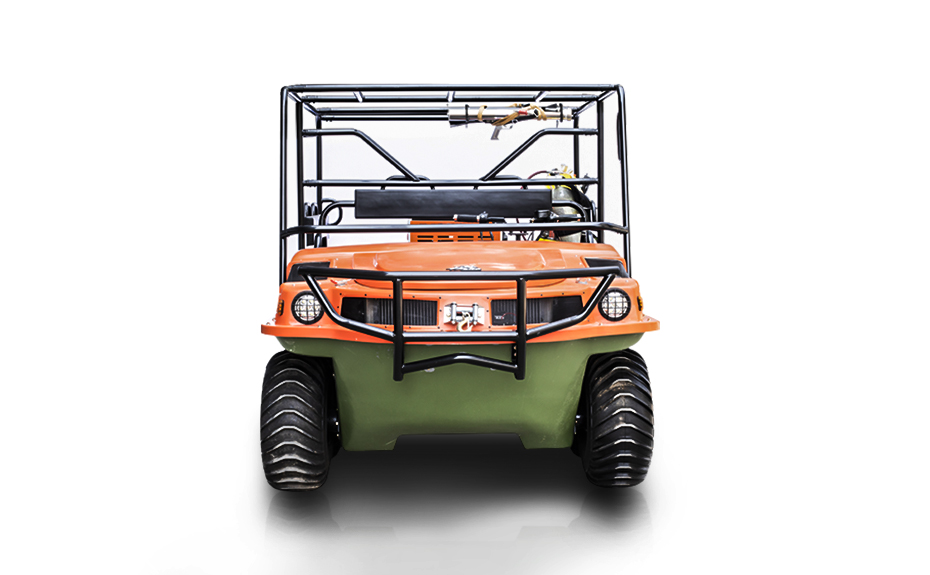
Amphibious Power in Action: How Off-Road V-Twin 8x8 ATV Waterwheel Vehicles Are Transforming Emergency Rescue
In the realm of emergency response and rugged terrain transportation, the Off-Road V-Twin 8x8 ATV Amphibious Waterwheel Vehicles stand out as groundbreaking innovations. These vehicles are engineered to traverse environments that are typically inaccessible to traditional rescue and utility vehicles, offering good versatility, reliability, and performance in harsh conditions. With the increasing incidence of natural disasters and the need for efficient and rapid rescue responses, the role of such high-performance machines is more crucial than ever.
At the core of the Off-Road V-Twin 8x8 ATV Amphibious Waterwheel Vehicles is a powerful V-Twin engine that delivers robust horsepower and torque. This ensures the vehicle can climb steep gradients, pull heavy loads, and power through dense vegetation or snowdrifts without losing momentum. The 8x8 all-wheel-drive system provides consistent traction on uneven, slippery, or muddy terrain. Combined with low ground pressure tires, these vehicles leave a little environmental footprint while increasing movement efficiency.
One of the striking features of the Off-Road V-Twin 8x8 ATV Amphibious Waterwheel Vehicles is their amphibious capability. When faced with flooded areas, rivers, or marshlands, the vehicle transitions seamlessly from land to water, thanks to its integrated waterwheel propulsion system. Unlike traditional ATVs or even some amphibious models, this waterwheel design enables steady forward motion in water without the need for propellers or external motors. This makes it proper for areas where debris or submerged obstacles might damage conventional watercraft.
In emergency rescue scenarios, time is of the essence. The Off-Road V-Twin 8x8 ATV Amphibious Waterwheel Vehicles can be outfitted with rescue stretchers, medical equipment, or supply containers, allowing them to serve as mobile triage units or transport platforms. Their amphibious nature ensures they can reach stranded individuals whether they’re on a mountain slope, deep forest, or isolated island during floods. In the aftermath of hurricanes or tsunamis, when roads are washed out and helicopters are limited by weather, these vehicles become indispensable.

Search and rescue teams benefit tremendously from the Off-Road V-Twin 8x8 ATV Amphibious Waterwheel Vehicles, especially in rural or undeveloped regions. The vehicle’s compact design and low center of gravity offer stability on treacherous paths, while its wide base prevents tipping. With modular storage options and adaptable accessories, it can carry vital resources like water, food, blankets, and communication tools to isolated communities. Moreover, its durability in high-impact environments means it can operate continuously without the frequent breakdowns associated with lesser machines.
Firefighters and paramedics in wildfire-prone zones also find the Off-Road V-Twin 8x8 ATV Amphibious Waterwheel Vehicles especially useful. These vehicles can access firelines, scout paths for evacuation, and assist in the relocation of injured personnel. Their heat-resistant construction and sealed compartments safeguard onboard equipment and ensure uninterrupted performance in high-temperature zones. Likewise, in snow rescue operations, their traction and power output are critical in navigating deep snowbanks or icy inclines that immobilize other vehicles.
Military and border patrol units have recognized the potential of Off-Road V-Twin 8x8 ATV Amphibious Waterwheel Vehicles in both reconnaissance and humanitarian missions. When responding to emergencies in conflict or disaster zones, these vehicles serve as a lifeline—transporting essential supplies, rescuing the wounded, or ferrying engineers and technicians to repair infrastructure. Their ability to operate off-grid with little logistical support makes them invaluable in mission-critical situations.
From a logistical standpoint, the Off-Road V-Twin 8x8 ATV Amphibious Waterwheel Vehicles are designed with ease of maintenance and operational simplicity in mind. many models allow for rapid engine access, tool-free tire changes, and modular component swaps. Training personnel to operate the vehicle is straightforward, which ensures that rescue teams can be quickly deployed with little preparation time.

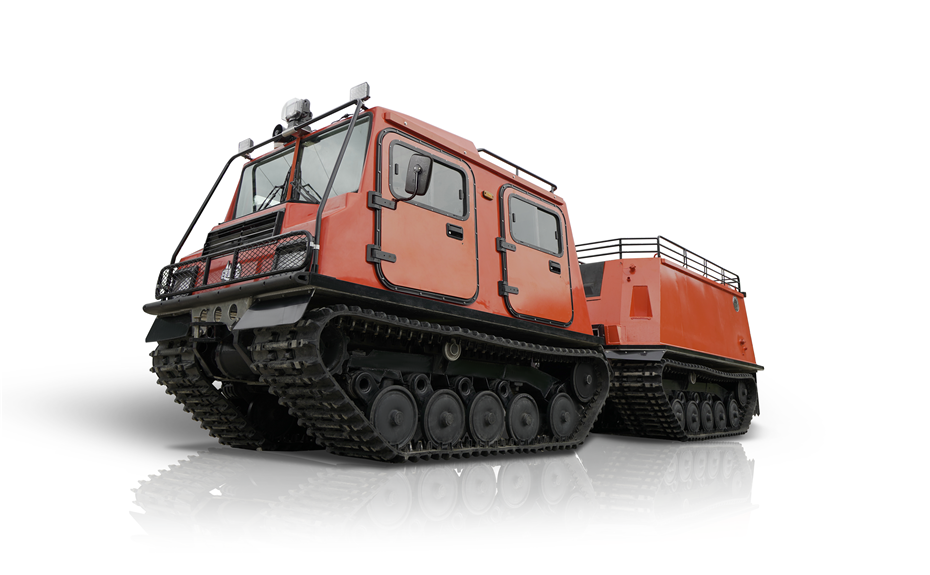
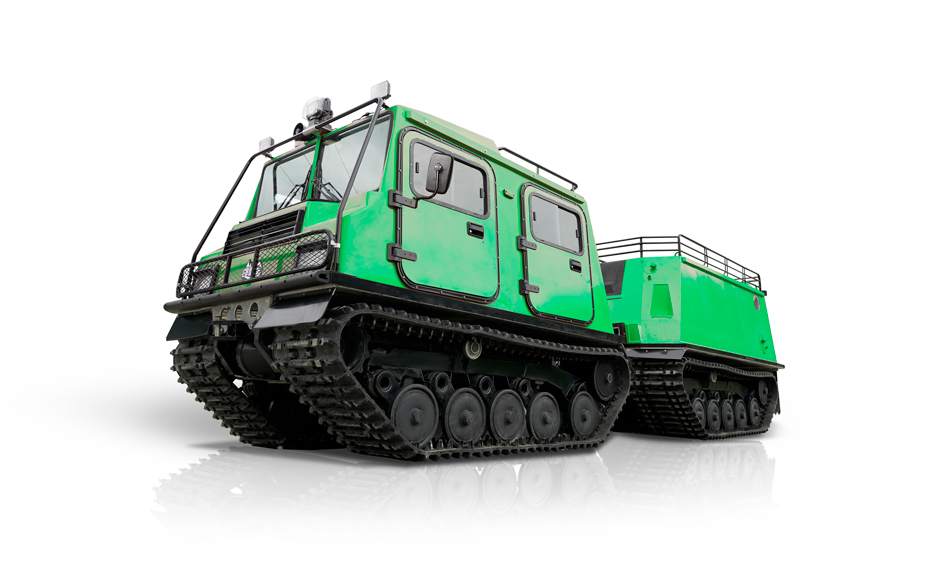
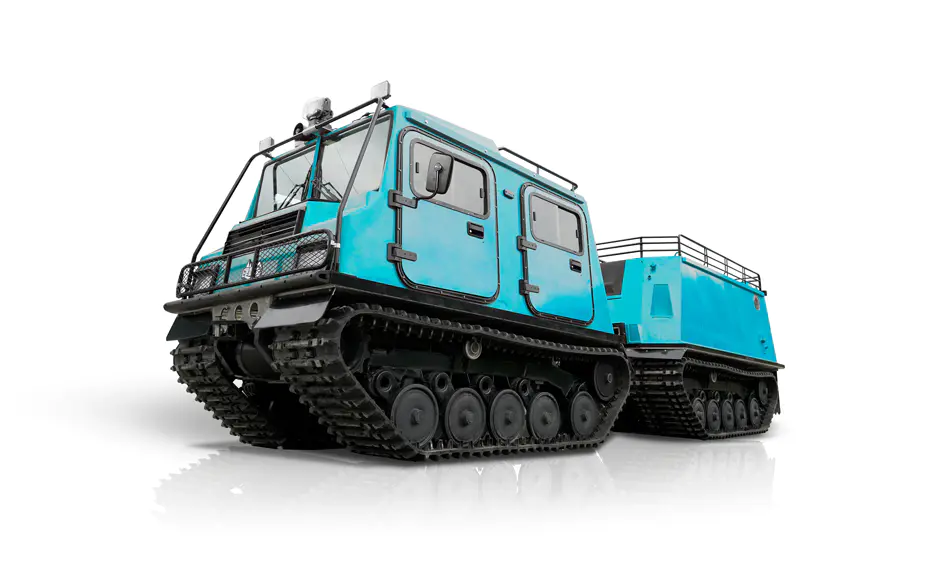
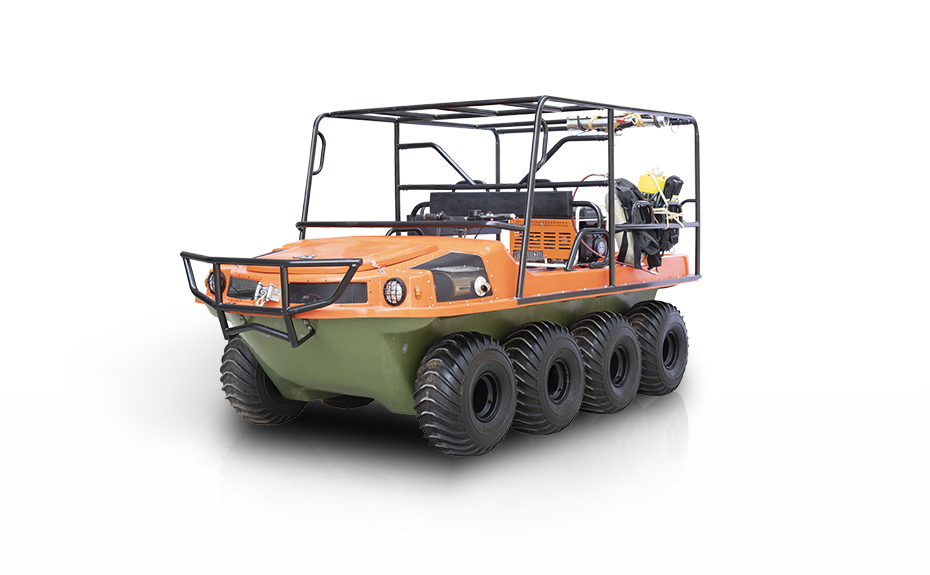
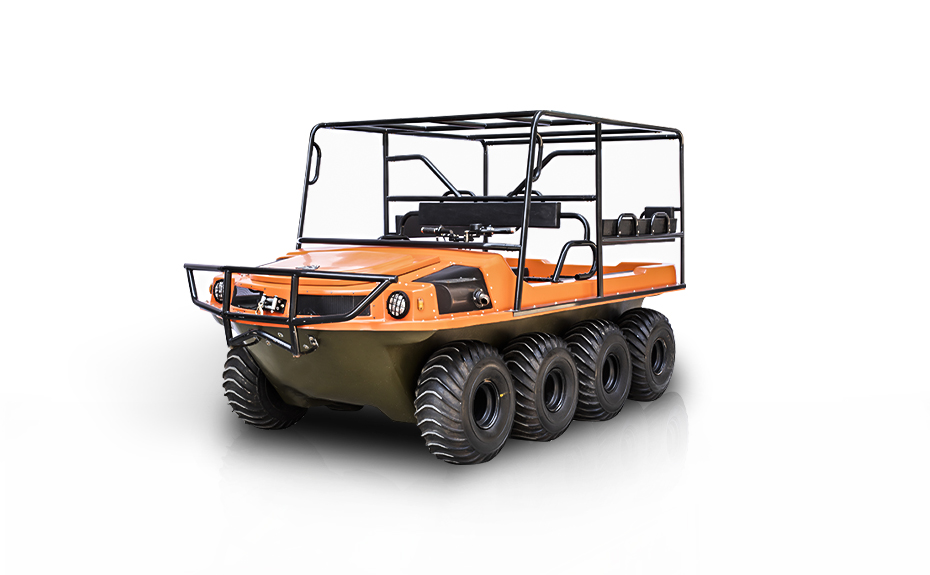
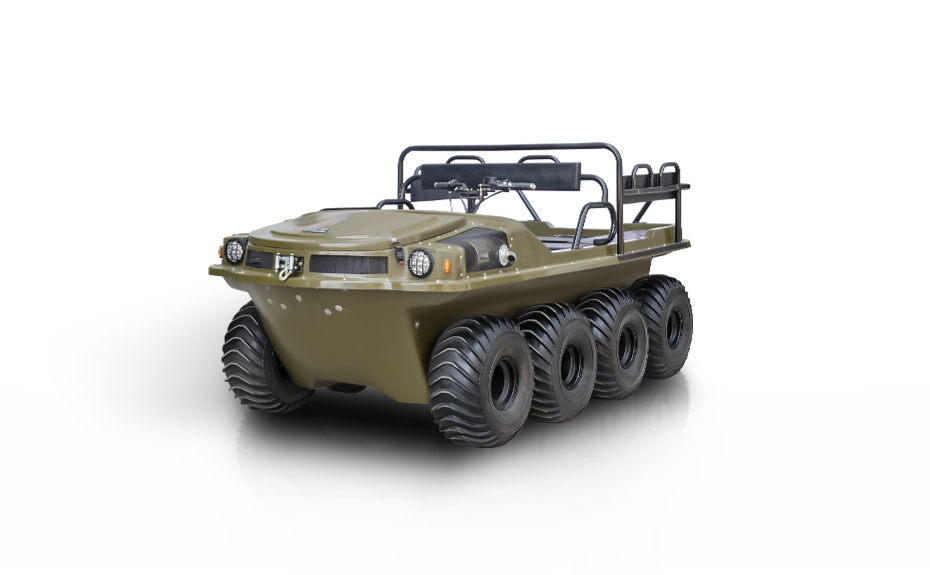





 浙ICP备2022029871号
浙ICP备2022029871号